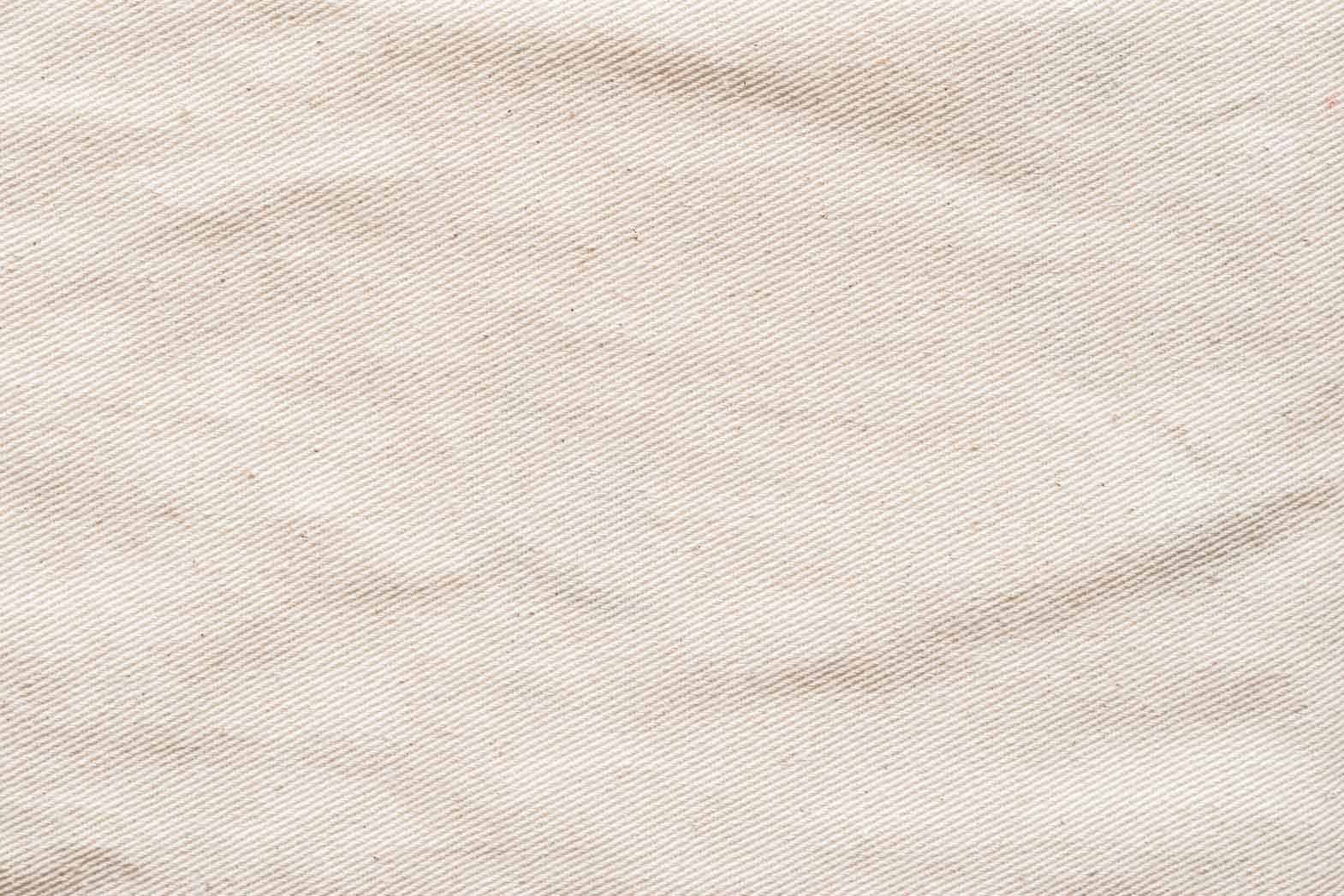The written word has long been associated with textiles. Probably ever since the invention of script, which post-dated textiles by quite a stretch of human history, script of differing cultures has been added to textile products to explain, enhance and sometimes merely to embellish or decorate.
The written word within a textile base has very often appeared in embroidery, but not so often in lace. This is not to say of course that such a precedence doesnot exist, the examples shown in this article clearly show letters being used in a variety of guises and across different generations, in fact alphabet patterns for lace are still being produced today. However, they are not nearly as popular as geometric, floral and even elements of realism in composition.
The pattern world that existed before the invention of script, in any form, was long and extensive as was the non-literal culture of the human species; we have lived more generations without written script than we have with. Therefore it would probably go without saying that the amount of textile pattern work,whether it be in printed, woven, embroidery, or lace, that uses a much older system of decoration than written script, has dominated our various cultures.
This article was originally published in the "Design, Decoration and Craft".








Comments